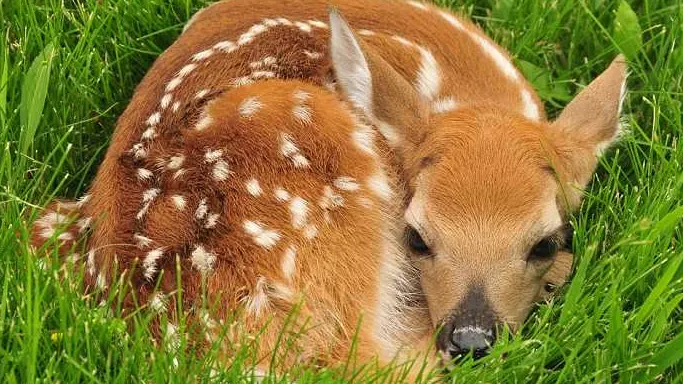
Fawn napping: What it is and why you need to avoid it
Deer have their babies between April and June, which means you may be seeing fawns in your area.
Should you see a fawn napping in tall grass and mom is nowhere to be found, you can relax: It's probably fine.
Young deer can't keep up with adults, so they're left alone in a safe spot for several hours while mom searches for food.
Well-meaning people sometimes think the fawn has been abandoned and will attempt to 'rescue' it.
Don't: This is called fawn napping and it does more harm than good.
Unlike most animals fawns are born without a strong scent, so predators can't easily find them.
Over the years animals experts say fawn napping has increased, and it can result in the animal's death.
In 2016 Chantal Theijn, an authorized wildlife custodian with Hobbitstee Wildlife Refuge, told Global News a baby deer had to be euthanized after two weeks living with humans. The fawn was emaciated, dehydrated and suffering from untreatable kidney failure.
“They think it needs help, so they’ll bring it in their home, go online, find a website that explains to them how to care for a fawn, go out to the grocery store and purchase what they think they need to purchase, and they try to get these fawns to live,” she told the news outlet.
“They’ve ruined their lives, definitely, yes.”
Deer that survive human adoption tend to be unafraid of people and comfortable around domestic animals, which can be detrimental in the wild.
It is illegal to harass wildlife or keep a wild animal in captivity in Canada.
Penalties vary from province to province but in Ontario, offenders could be fined up to $25,000 and be criminally charged.
If you see an animal in distress, contact a local and recognized wildlife center for instructions.











